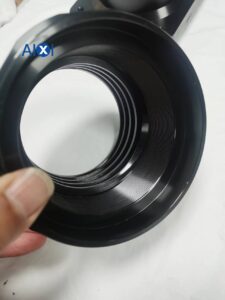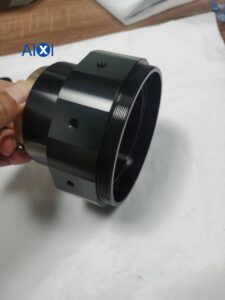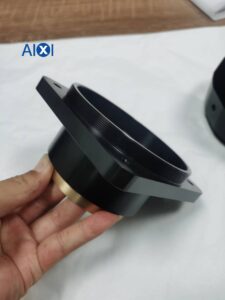Is Anodized Aluminum Better Than Aluminum?
If you’re not sure whether anodized aluminum is better than regular aluminum, keep reading to learn the differences between the two materials. This type of metal is stronger and more corrosion-resistant than regular aluminum, and it’s easier to dye, too. It’s important to understand the difference between anodized aluminum and aluminum. Anodizing is the process of adding a layer of oxide to aluminum that improves its properties. Read on to learn more!


Anodized Aluminum Is Stronger
Anodized aluminum is a form of aluminum that is harder and more resistant to corrosion than pure aluminum. The process is performed by increasing the thickness of the natural oxide layer on the metal part. It also increases its strength in cold weather conditions. Unlike steel, anodized aluminum does not flake or peel. This makes it the ideal material for outdoor furniture, boat parts, and other applications where the material is exposed to moisture.
It is more corrosion resistant
Anodized aluminum is more corrosion-resistant than non-anodized aluminum. The porous anodic oxide film protects industrial aluminum alloys and other products from the effects of corrosion. Examples of products include laptop computers, gas cylinders, and vehicles.
They are also used in structural adhesive bonding. Hard anodizing is an upgrade from Type I anodizing and provides superior corrosion resistance.
Typical aluminum deteriorates under exposure to oxygen. This degradation process is called oxidation. When aluminum comes into contact with oxygen, it forms a layer of aluminum oxide.
This layer offers some protection against corrosion, but it is not completely effective. Acid rain and salt water are both known to exploit the weak spots in surface passivation. The corrosion rate of modern alloys is not constant and can even vary in response to different environmental conditions.
Anodized Aluminum Is Non-Reactive
The surface of anodized aluminum is non-reactive, making it a very safe material to use in the kitchen. While aluminum is an inexpensive metal, it has many drawbacks and can react with certain foods. It can cause discoloration in food when it comes into contact with acidic or hot foods. Therefore, it is necessary to choose non-reactive aluminum cookware to ensure that you will not end up with food-borne illnesses. The surface of a pot or pan is usually made of anodized aluminum.
Final Thoughts
If you’re looking for an elegant, durable material for your home, car, or other application, anodized aluminum is a great choice. However, many people are confused about the difference between anodized and normal aluminum. Both types have their benefits and drawbacks. Anodized aluminum offers a more aesthetically pleasing surface than aluminum. Its non-reactive surface makes it better for kitchen appliances and other high-traffic areas.
Anodized aluminum has an advantage over aluminum when it comes to heat dissipation. The thick oxide layer on the surface of anodized aluminum improves heat transfer, providing a more durable finish and enhanced durability. Additionally, anodizing aluminum is better for dyeing because it has a more porous surface, which makes it easier to adhere to glue and other materials.

 Deutsch
Deutsch Français
Français 日本語
日本語 Español
Español
